Alghe organismi unicellulari pluricellulari energia fotosintesi intotheblue.it
Alga a Ombrello - Acetabularia Acetabulum
Alga Candelabro Verde - Codium fragile
Alga corallina - Lithophyllum stictiforme
Alga Corallina - Officinalis Caespitosa
Alga Ventaglio di mare - Flabellia petiolata
Caulerpa a grappoli - Caulerpa racemosa
Cystoseira brachycarpa
Halimeda Tuna
Mucillagine - Oscillatoriales Algae
Ostreopsis ovata
Pavonia - Padina pavonica
Sphaerococcus coronopifolius
Algae (/ˈældʒi,
Including organisms ranging from unicellular microalgae genera, such as Chlorella and the diatoms, to multicellular forms, such as the giant kelp, a large brown alga which may grow up to 50 m in length. Most are aquatic and autotrophic and lack many of the distinct cell and tissue types, such as stomata, xylem, and phloem, which are found in land plants. The largest and most complex marine algae are called seaweeds, while the most complex freshwater forms are the Charophyta, a division of green algae which includes, for example, Spirogyra and the stoneworts. Alghe organismi unicellulari pluricellulari energia fotosintesi intotheblue.it

Halimeda tuna – intotheblue.it Alghe organismi unicellulari pluricellulari energia fotosintesi intotheblue.it
No definition of algae is generally accepted. One definition is that algae “have chlorophyll as their primary photosynthetic pigment and lack a sterile covering of cells around their reproductive cells”. Although cyanobacteria are often referred to as “blue-green algae”, most authorities exclude all prokaryotes from the definition of algae.
Algae constitute a polyphyletic group since they do not include a common ancestor, and although their plastids seem to have a single origin, from cyanobacteria, they were acquired in different ways. Green algae are examples of algae that have primary chloroplasts derived from endosymbiotic cyanobacteria. Diatoms and brown algae are examples of algae with secondary chloroplasts derived from an endosymbiotic red alga. Alghe organismi unicellulari pluricellulari energia fotosintesi intotheblue.it
Alghe organismi unicellulari pluricellulari energia fotosintesi intotheblue.it

Padina pavonica intotheblue.it Alghe organismi unicellulari pluricellulari energia fotosintesi intotheblue.it
Algae exhibit a wide range of reproductive strategies, from simple asexual cell division to complex forms of sexual reproduction.
Algae lack the various structures that characterize land plants, such as the phyllids (leaf-like structures) of bryophytes, rhizoids in nonvascular plants, and the roots, leaves, and other organs found in tracheophytes (vascular plants). Most are phototrophic, although some are mixotrophic, deriving energy both from photosynthesis and uptake of organic carbon either by osmotrophy, myzotrophy, or phagotrophy. Some unicellular species of green algae, many golden algae, euglenids, dinoflagellates, and other algae have become heterotrophs (also called colorless or apochlorotic algae), sometimes parasitic, relying entirely on external energy sources and have limited or no photosynthetic apparatus. Some other heterotrophic organisms, such as the apicomplexans, are also derived from cells whose ancestors possessed plastids, but are not traditionally considered as algae. Algae have photosynthetic machinery ultimately derived from cyanobacteria that produce oxygen as a by-product of photosynthesis, unlike other photosynthetic bacteria such as purple and green sulfur bacteria. Fossilized filamentous algae from the Vindhya basin have been dated back to 1.6 to 1.7 billion years ago.
Alghe organismi unicellulari pluricellulari energia fotosintesi intotheblue.it
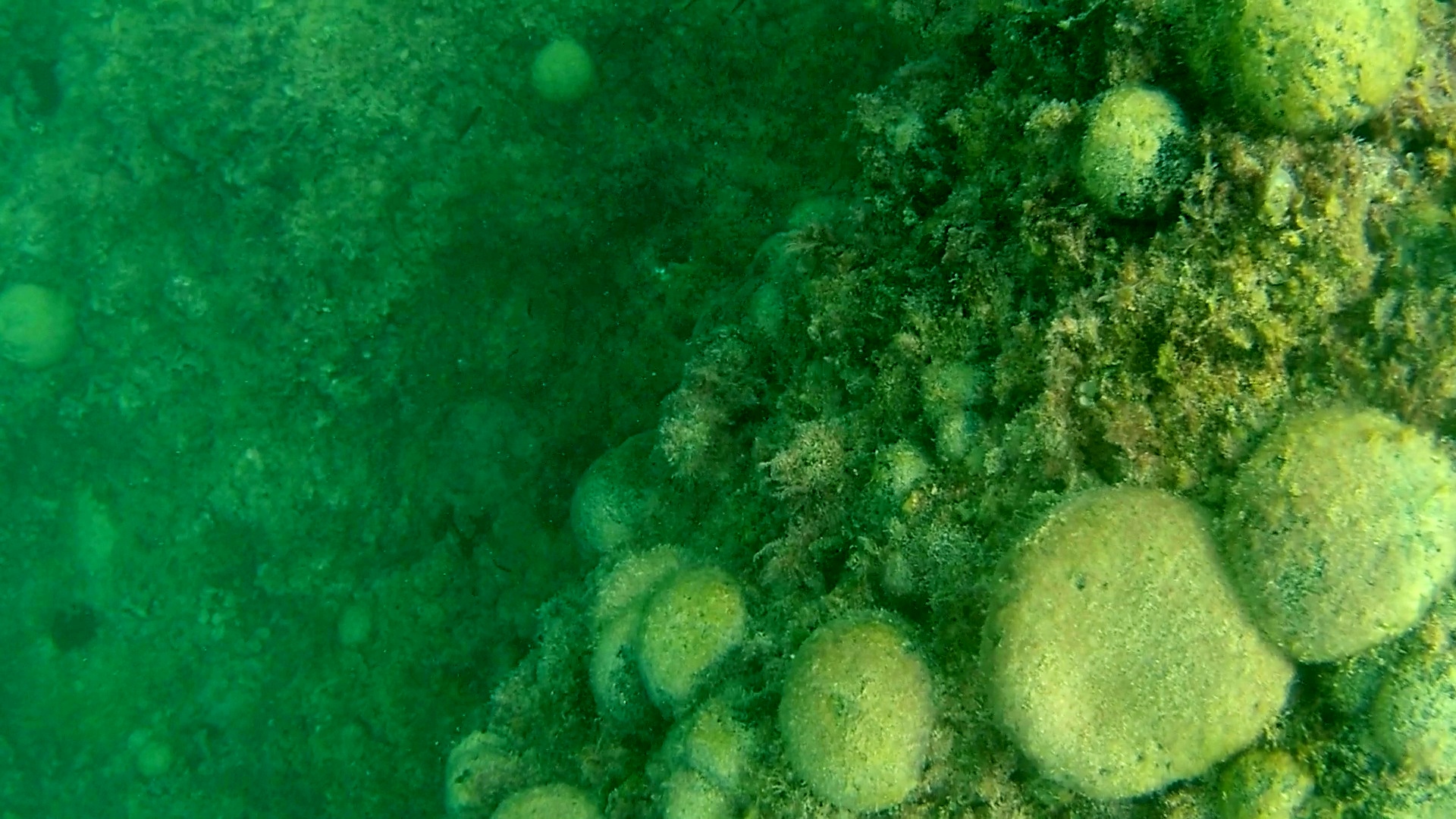
alga palla verde – seaweed green ball – codium bursa – intotheblue.it Alghe organismi unicellulari pluricellulari energia fotosintesi intotheblue.it
Traditional classification
Algae are common in all seas and in freshwater places. Before the appearance of phylogenetic classifications, they were divided into nine Divisions (suffix -phyta) according to the conformation and type of photosynthetic pigment used:
- Euglenophyta (euglenoidi)
- Cryptophyta (criptomonadi)
- Chrysophyta (alghe giallo-brune)
- Dinophyta (dinoflagellate)
- Haptophyta (aptofite)
- Bacillariophyta (diatomee)
- Chlorophyta (alghe verdi)
- Phaeophyta (alghe brune)
- Rhodophyta (alghe rosse)
Alghe organismi unicellulari pluricellulari energia fotosintesi intotheblue.it
Classification
The algae contain chloroplasts that are similar in structure to cyanobacteria. Chloroplasts contain circular DNA like that in cyanobacteria and are interpreted as representing reduced endosymbiotic cyanobacteria. However, the exact origin of the chloroplasts is different among separate lineages of algae, reflecting their acquisition during different endosymbiotic events. The table below describes the composition of the three major groups of algae. Their lineage relationships are shown in the figure in the upper right. Many of these groups contain some members that are no longer photosynthetic. Some retain plastids, but not chloroplasts, while others have lost plastids entirely.Alghe organismi unicellulari pluricellulari energia fotosintesi intotheblue.it
Phylogeny based on plastid not nucleocytoplasmic genealogy:
| Cyanobacteria | ||||||||||||||||||||||||||||||||||||||||||||||||||||
|
||||||||||||||||||||||||||||||||||||||||||||||||||||
Alghe organismi unicellulari pluricellulari energia fotosintesi intotheblue.it
https://it.wikipedia.org/wiki/Alga
https://en.wikipedia.org/wiki/Algae
Alghe organismi unicellulari pluricellulari energia fotosintesi intotheblue.it
 English
English Italiano
Italiano
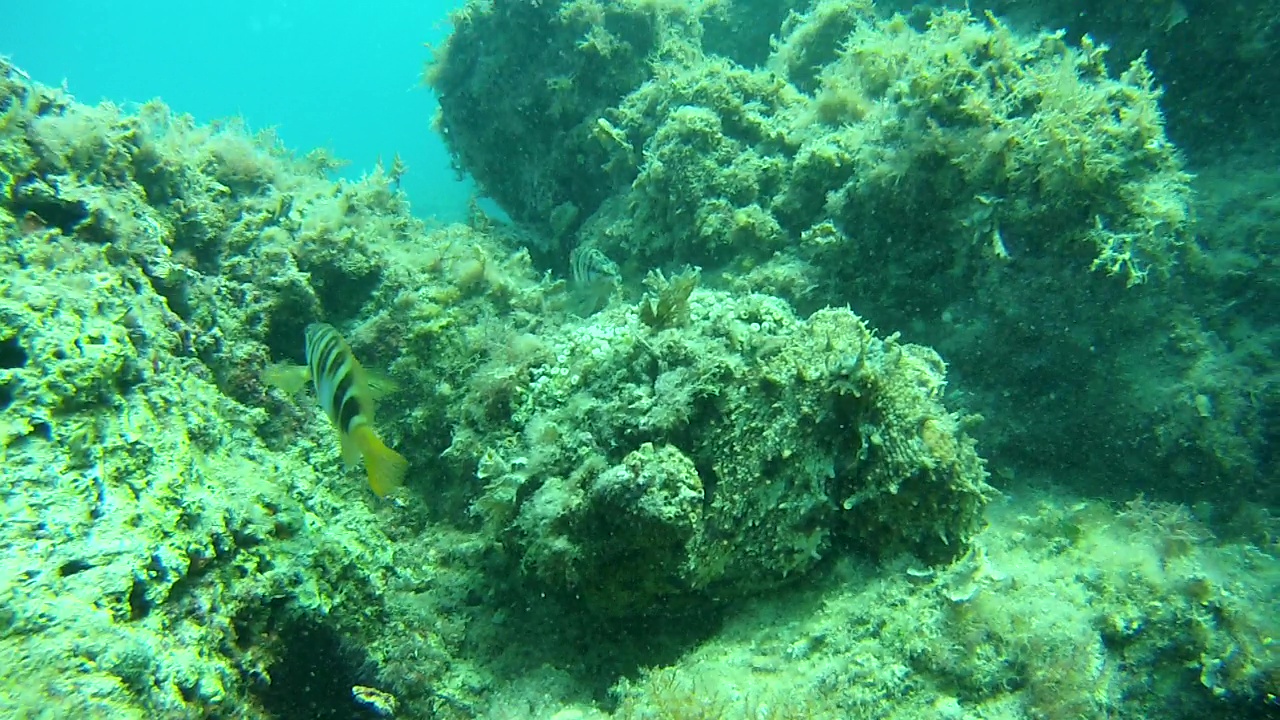
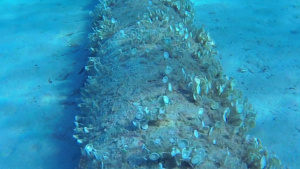
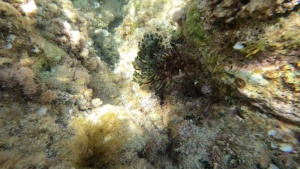



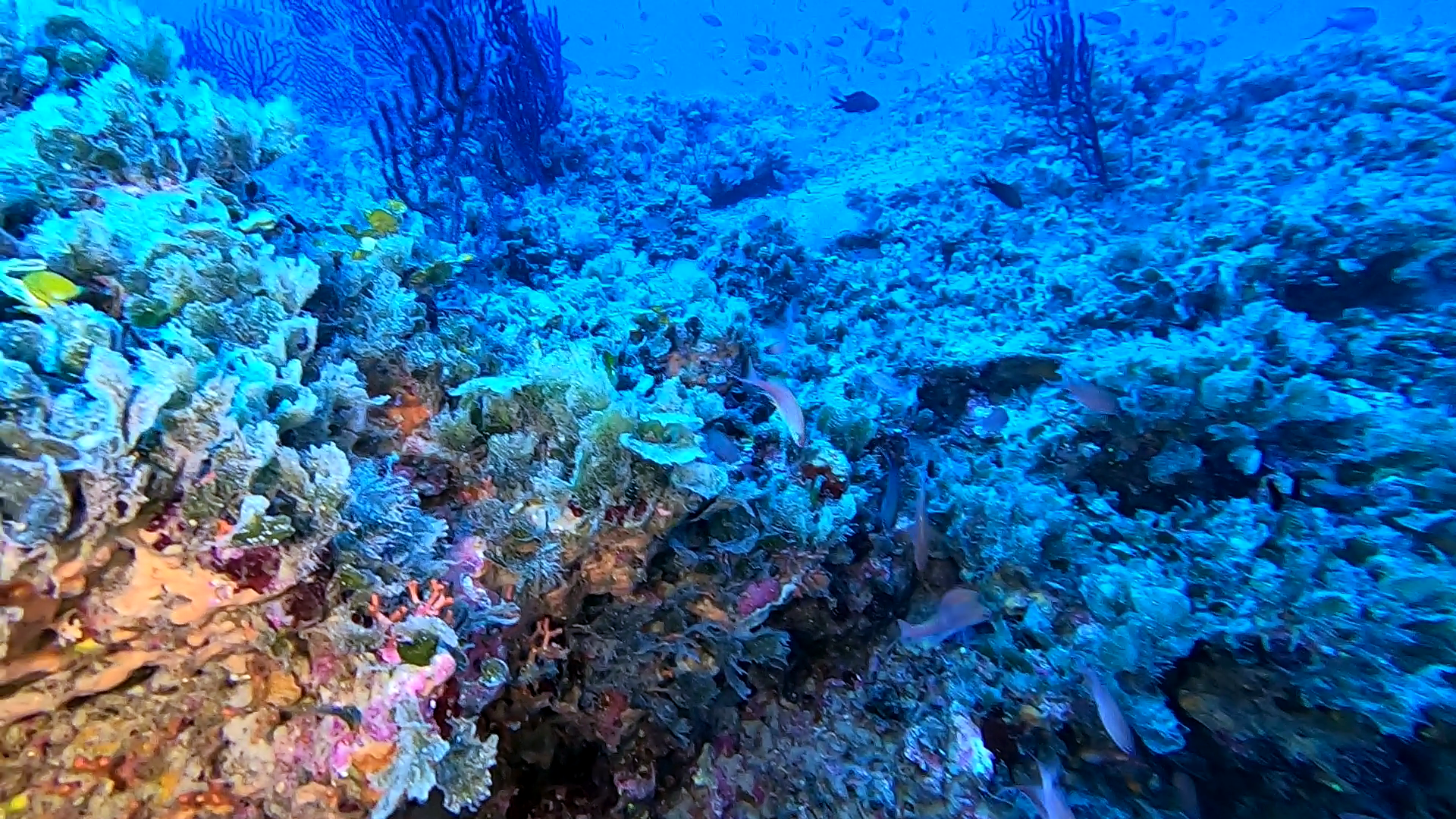
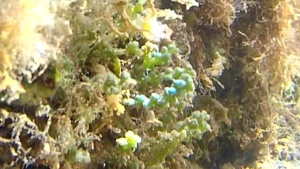
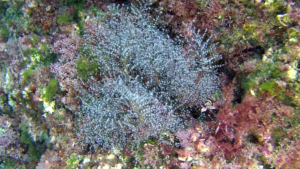
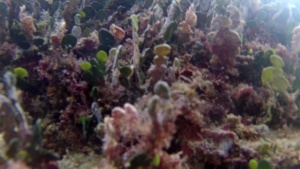
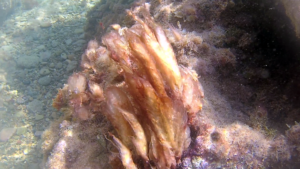

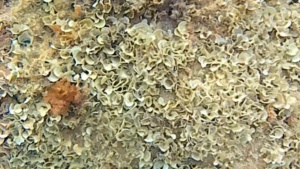
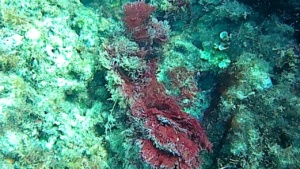
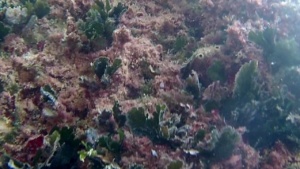
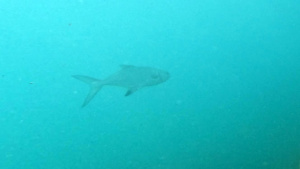


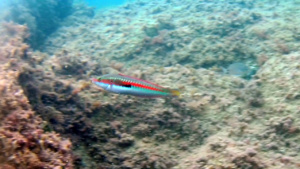
One thing I want to say is the fact before acquiring more personal computer memory, check out the machine in to which it could be installed. If your machine is running Windows XP, for instance, the actual memory limit is 3.25GB. Adding over this would purely constitute a new waste. Make sure that one’s motherboard can handle an upgrade volume, as well. Interesting blog post.